 
Heil Formula 7000 Automated Side Loader
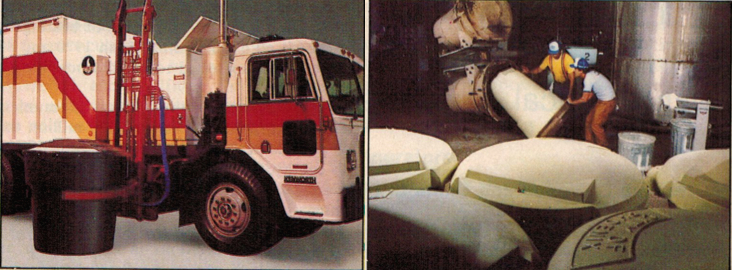
LEFT: Heil acquired Litter Lift in 1980, a Phoenix-based producer of automated lift arms to fit most side loaders
RIGHT: The same year, Fiberglass Specialists Inc was purchased, a major producer of ASL containers
Looking at where the future of refuse collection equipment was headed, Heil made two acquisitions in 1980 that indicated a trend toward automation. Litter Lift Systems and Fiberglass Specialists Inc, both of Phoenix Arizona were purchased and rolled in the new Heil Rotomold division. The former company built a lift arm which was fitted to conventional side-loading packers, converting them into automated side loaders (ASL). The latter was the biggest producer of molded plastic ASL refuse containers in the United States. Through Rotomold Division, Heil was now a supplier to other manufacturers, and had laid the groundwork for their own complete ASL model. Prototype testing commenced in 1981, and the Formula 7000 was officially announced as a mid-1982 model.
The 7000 was a complete ASL (body and lift arm) made entirely by Heil, which could now supply containers for "start-up" automated collection systems. Automated collection was not exactly new, but Heil became one of the first companies to offer a complete ASL package nationwide, at a time when bodies and lift arms were often sold separately. Heil was also the biggest company to have joined the ASL fray, at a moment in history when the technology was beginning to find more and more adherents. Unlike lightweight front loaders and one-man trucks, this was not a California phenomenon, but a growing nationwide trend. ASL collection systems saved money, and in most cases could pay for themselves in short order. The big wheeled carts were liked by consumers, which helped sell the idea to the taxpayer. Cities a diverse as Detroit and Tampa were already making the change to automated, which had begun in Scottsdale, Arizona in 1969.
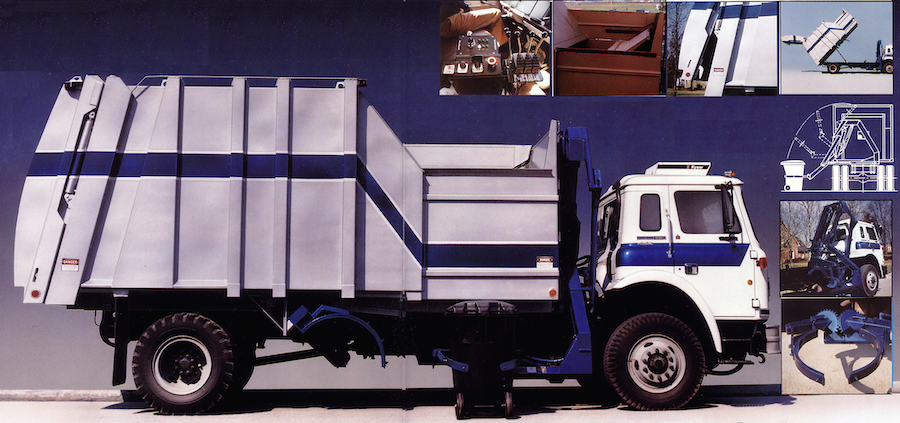
The 7000 has been offered in various body sizes, ranging from 18 to 35-cubic yards, and featured an 8-second dump cycle. Since there was no hand-loading of refuse, all bodywork was above the truck chassis, eliminating the need for modification. A partial packer with follower plate swept a generous 3-yard hopper, which could hold the contents of several 80-gallon containers. Cans up to 400-gallon size could be handled by the Heil-designed 2000-pound arm. It could pack-on-the-run, completing a cycle in 14 seconds. A split-body recycling version was introduced in California markets during the early 1990s, and was eventually offered nationwide as the Formula 7000SB. This had over/under body compartment layout with individual tailgates and packers. The late 1990s brought Heil's DuraPack curved-shell body and the designation Formula 7000DPF.

When introduced in 1981, the 7000 Series ASL completed Heil's all-new Formula product line. The F3000 and F4000 were the light and medium duty rear loaders, while the new F5000 took over as the flagship commercial model. The F6000 finally gave Heil a competitive side loader, while the modern F7000 brought Heil into the field of automated collection. The original front loader was re-badged as the Formula 8000 and would serve amicably for a few more years, though a replacement was on the way. Load-Lugger and Huge Haul, along with Haul-Pac compactors and transfer station packers remained for a while, being the last products still made at the old factory in Milwaukee. In a few short years, Heil had virtually re-invented itself: the 'Formula Era' was in full swing and the eighties had just begun.
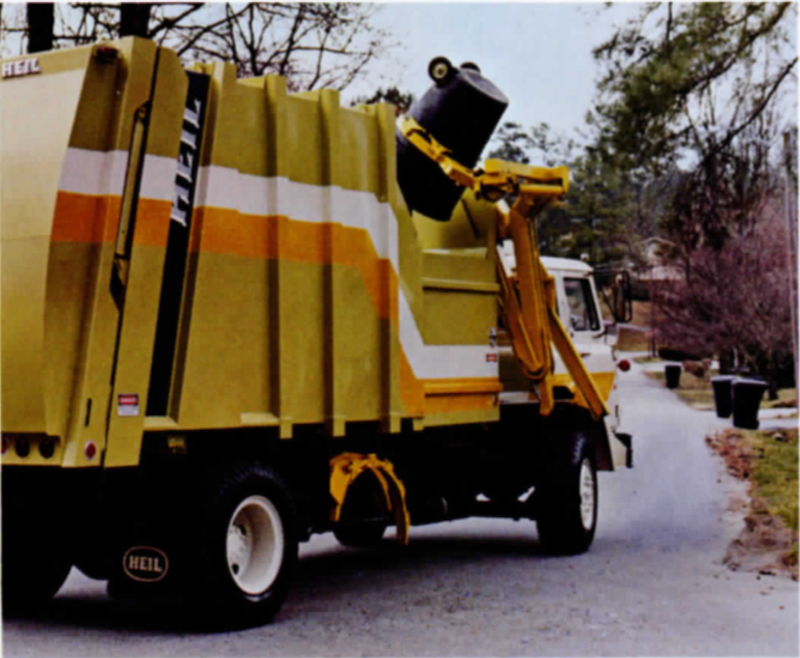
Early Formula 7000 ASL with promotional paint scheme
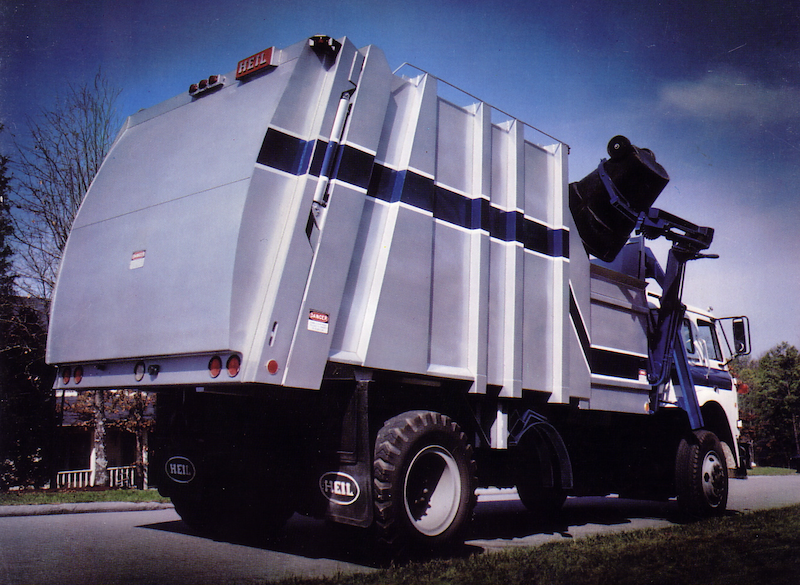
Heil's first ASL arrived at time when interest in automated collection was growing
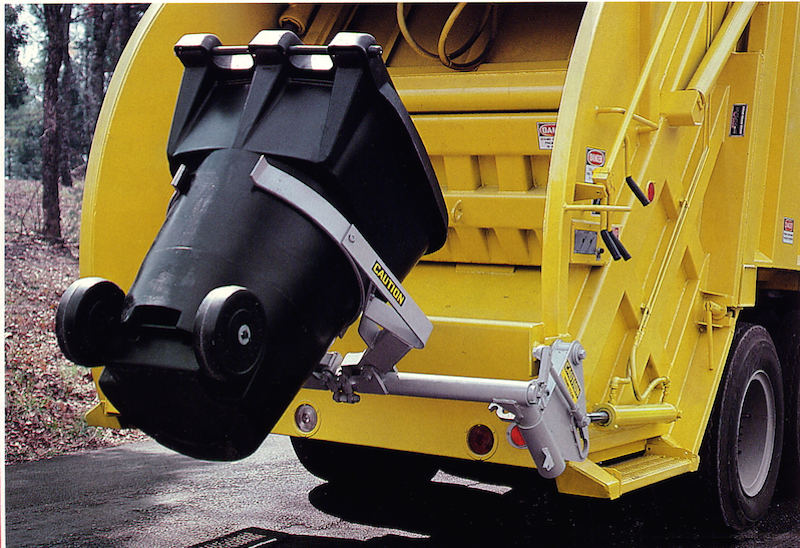
The Formula Flipper could be added to a rear loader as backup to ASL collection routes,
or for semi-automated collection routes. Later conversion to automation could utilize the same carts
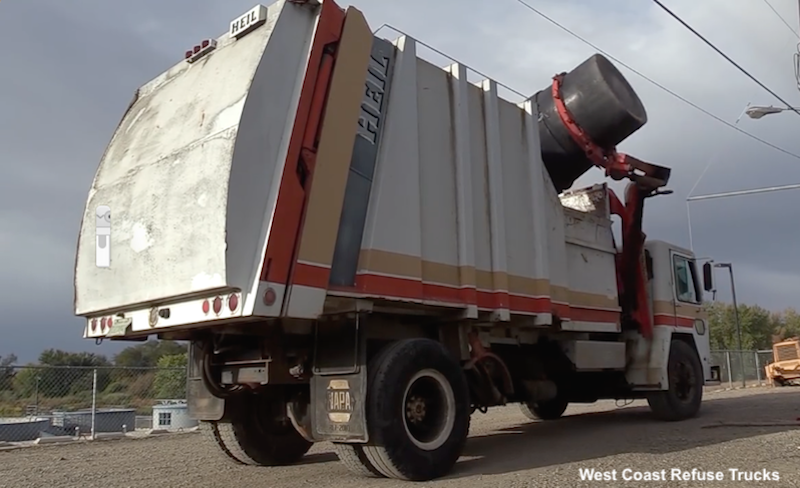
One of the first F7000s ever built is still around in backup duty; this 1982 American LaFrance CTC has the original Formula promo paint job.
It is owned by the City of Granger, Washington, Public Works Department
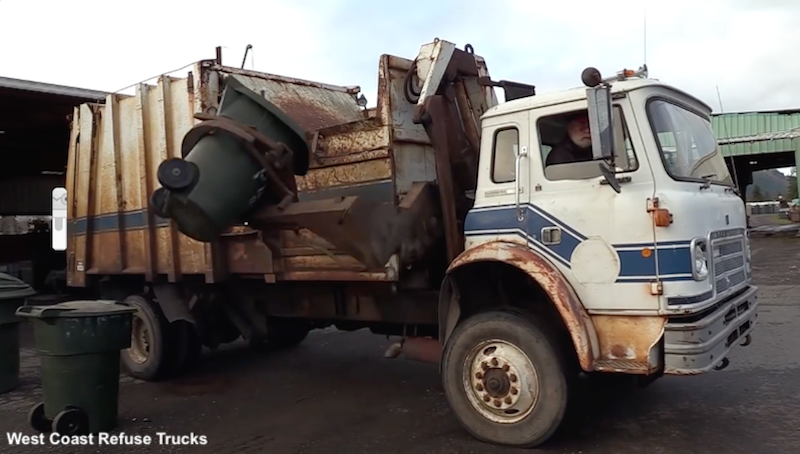
Another early F7000 owned by Granger, a circa-1984 model on an International Cargostar
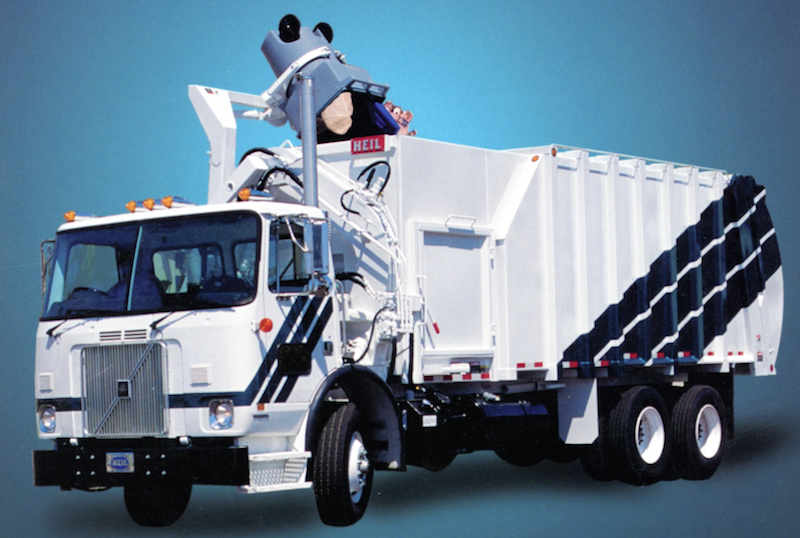
The Formula 7000 Split Body looks a lot like an ordinary ASL from outside...
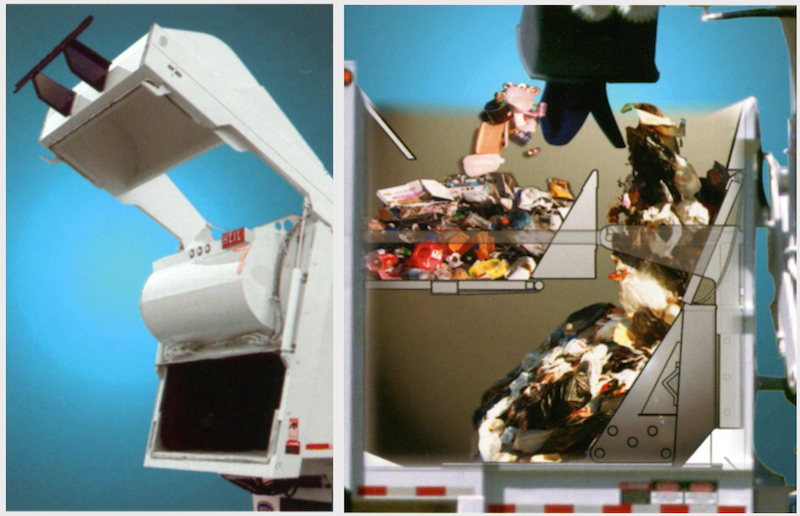
...but it has a dual compartment layout with individual packers and tailgates
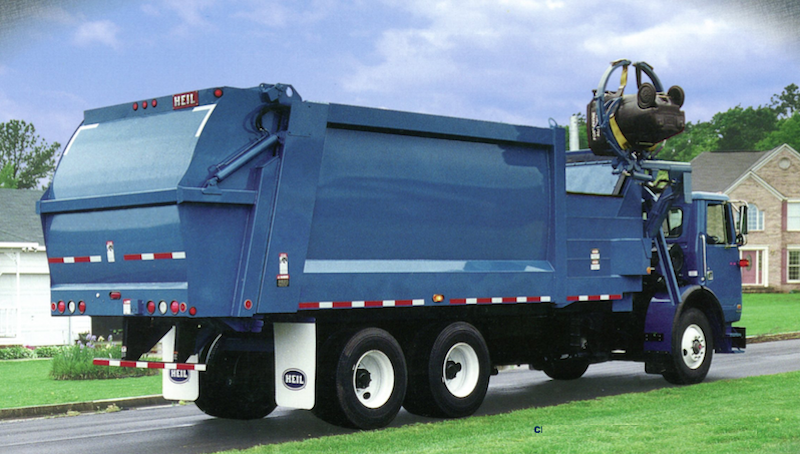
The magnificent curved-shell Formula 7000 DuraPack introduced in the late 1990s



5/29/17
© 2017
All Rights Reserved
Photos from factory brochures/advertisements except as noted
Logos shown are the trademarks of respective manufacturers
|
| |